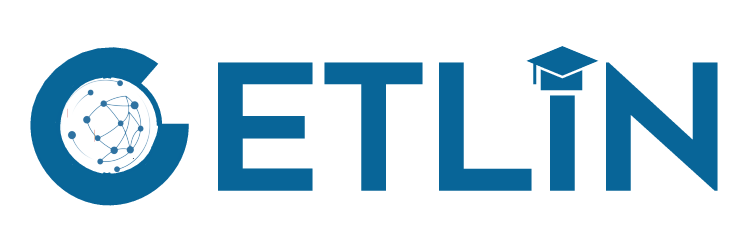Information about current national educational system
Portugal is a semi-presidential republic divided into 18 continental districts (from 5 regions) and 2 autonomous regions. Since the Carnation Revolution, which ended the Portuguese dictatorship in 1974, the country has been led by the Social Democratic Party (PSD) of current President Marcelo Rebelo de Sousa, and the Socialist Party (PS) of current President Eduardo Ferro Rodrigues and current Prime Minister António Costa.
During the dictatorship, in 1970, around 26% of the Portuguese people were illiterate. After the return of democracy and the establishment of the Basic Law of the Educational System in 1986, there was a significant improvement in Portuguese education. Basic school, lasting nine years, became compulsory, and pre-school education and special education were introduced in the public sector. According to the 2011 Census, only 5% of the population could not read and write.
Current trends in educational policy and practice & regional differences
Although Portugal has improved the quality of education over the years, the development was different in each region. Pereira and Reis (2012) found regional differences in the 2009 PISA, as well as in the national exams, and pointed out that they were related to the regional socioeconomic differences. While coastal regions like Lisbon, Vale do Tejo, Centro Litoral, and Porto had the best scores, others like Norte Interior, Baixo Alentejo, Algarve, and the Islands performed poorly. As a possible solution to improve education, the authors suggested policies to strengthen the autonomy of schools. With Decree-Law No. 55/2018, the government made the curriculum more flexible and allowed greater school autonomy.
Currently, education, regulated by the Ministry of Education, is universal for all citizens between the ages of 6 and 18. Basic education lasts nine years and is divided into three cycles: the first cycle lasts four years; the second, two; and the third, three. Secondary education lasts three years and, unlike basic education, is adapted to the choices of each student about their academic or professional future.
Students have around 9 months of classes per year with around 25 hours per week. According to the curriculum of the third cycle, students have classes in Portuguese, English, another foreign language, history, geography, mathematics, natural sciences, physical-chemistry, visual education, information and communication Technologies, and physical education. In secondary education, general education includes only Portuguese, physical education, philosophy, and a foreign language. The other subjects vary according to the specific training chosen by the learner.
To enter higher education, students take the National Secondary Education Examination (ENES) tests required for the degree they wish to pursue. Higher education is regulated by the Ministry of Science, Technology and Higher Education and is divided between university and polytechnic education. As shown in the graphs below, Portugal was still below the OECD (Organisation for Economic Co-operation and Development) average in the educational level of citizens aged 25-64 in 2018, with only 25% of adults having graduated from tertiary education. Of these, only 4% studied in the field of education.

Source: OECD (2018)

Source: OECD (2018)
Current international examinations (PISA, TIMSS)
In recent international exams, Portugal has remained close to the average. In the 2019 TIMSS (Trends in International Mathematics and Science Study), whose average was 500, Portugal achieved 500 in mathematics and 519 in science. In the 2018 PISA (OECD’s Programme for International Student Assessment), the international average was around 489, and Portugal reached 492 in the reading, mathematics, and science tests.
